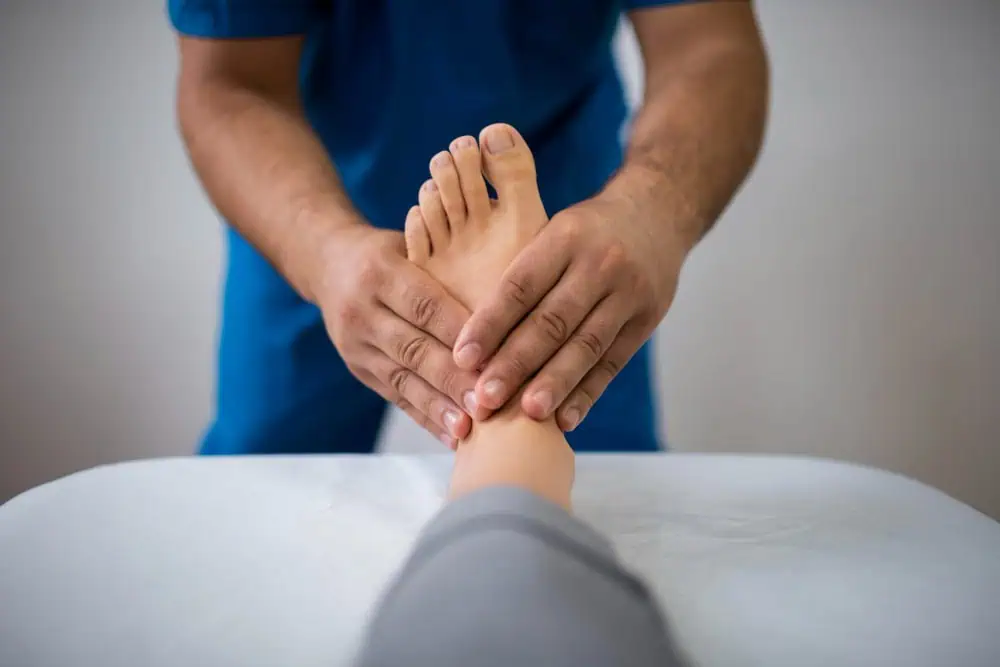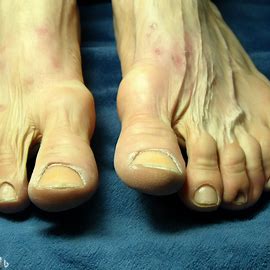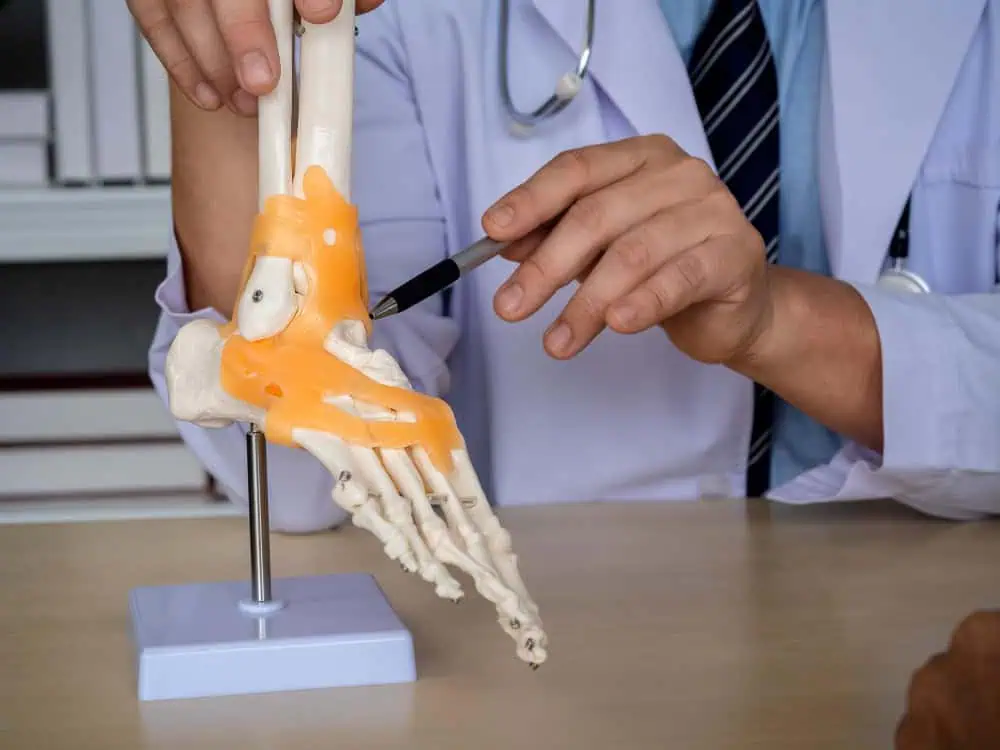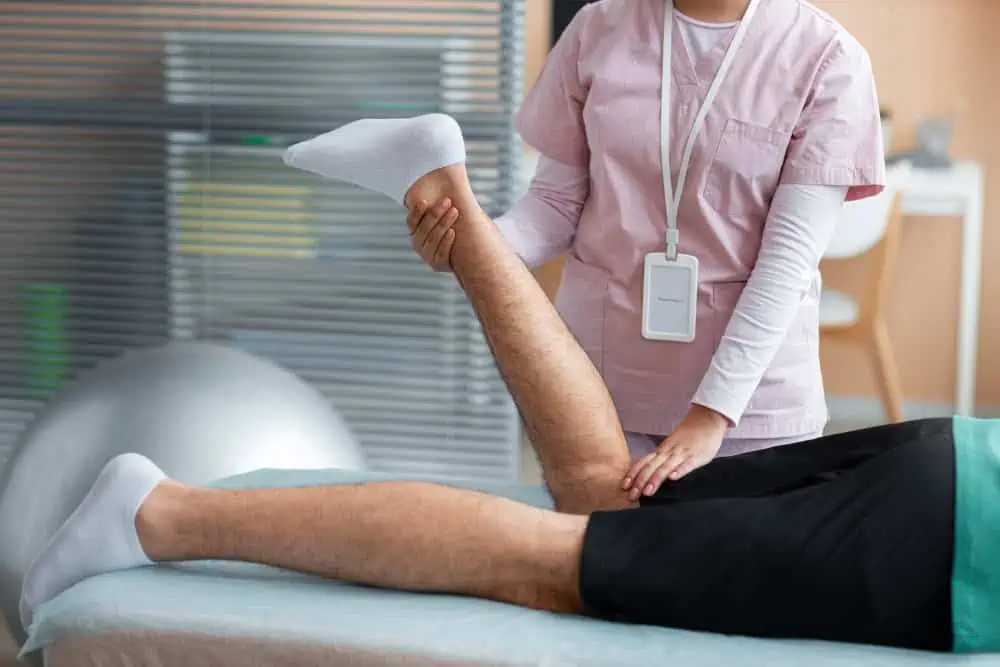Sesamoiditis is a common foot condition that can cause considerable discomfort and pain. Fortunately, there are effective treatment options available to alleviate the symptoms and promote healing. In this article, we will explore various therapies and strategies to manage sesamoiditis and regain optimal foot health.
Understanding Sesamoiditis
Sesamoids are small bones located in certain tendons throughout the body. In the foot, there are two pea-shaped sesamoid bones beneath the big toe joint. These bones help bear weight and provide leverage to the tendons, enabling smooth movement of the toe.
Sesamoiditis refers to the inflammation of these sesamoid bones and the surrounding tissues. It typically occurs due to overuse, excessive pressure, or trauma to the foot. Athletes, particularly those involved in activities that require repetitive forefoot movements like running, dancing, or basketball, are more prone to developing sesamoiditis.
Symptoms of Sesamoiditis
- Persistent Foot Pain: The most common symptom of sesamoiditis is persistent pain in the ball of the foot, specifically beneath the big toe joint.
- Swelling and Tenderness: The affected area may appear swollen and feel tender to the touch.
- Difficulty in Walking: Sesamoiditis can make it challenging to walk, particularly when putting weight on the foot.
Effective Therapies for Sesamoiditis
When it comes to treating sesamoiditis, a multi-faceted approach is often recommended. Here are some proven therapies and strategies:
1. Rest and Immobilization
Resting the foot is crucial to allow the inflamed sesamoid bones to heal. Activities that aggravate the pain should be avoided, and weight-bearing should be limited. In some cases, immobilization with a cast or walking boot may be necessary to facilitate the healing process.
2. Cold Therapy
Applying ice packs to the affected area can help reduce pain and inflammation. Ice should be wrapped in a thin towel and applied for 15-20 minutes several times a day. Cold therapy can be particularly beneficial during the initial stages of sesamoiditis.
3. Pain Management
Over-the-counter nonsteroidal anti-inflammatory drugs (NSAIDs), such as ibuprofen or naproxen, can help relieve pain and reduce inflammation. However, it is important to consult a healthcare professional before taking any medication, especially if you have any underlying medical conditions.
4. Orthotic Support
Using orthotic inserts or foot pads can provide cushioning and support to the foot, reducing pressure on the sesamoid bones. These devices help redistribute weight and relieve stress from the affected area, promoting healing and pain relief.
5. Physical Therapy
Physical therapy plays a vital role in rehabilitating sesamoiditis. A skilled therapist can design a customized exercise program to strengthen the surrounding muscles, improve flexibility, and restore normal foot function. Additionally, they can guide you on proper footwear and techniques to prevent further injury.
6. Footwear Modifications
Wearing appropriate footwear is essential to alleviate pressure on the sesamoid bones. Opt for shoes with a wide toe box, good arch support, and sufficient cushioning. Avoid high heels, tight-fitting shoes, and activities that involve excessive impact on the forefoot.
7. Extracorporeal Shockwave Therapy (ESWT)
In severe cases of sesamoiditis that do not respond to conservative treatments, Extracorporeal Shockwave Therapy (ESWT) may be recommended. This non-invasive procedure involves delivering shockwaves to the affected area, promoting healing and reducing pain.
8. Surgical Intervention
Surgery is rarely necessary for sesamoiditis and is typically considered only when all other conservative measures have failed. The surgical options include removing a portion or the entire sesamoid bone. Recovery from surgery may take several weeks, and physical therapy is often required.
Transitioning to a Pain-Free Future
Sesamoiditis can be a debilitating condition, but with the right treatment approach, it is possible to overcome the pain and regain normal foot function. Remember, early intervention and proper care are key to achieving optimal results. If you suspect sesamoiditis or are experiencing persistent foot pain, consult a healthcare professional for an accurate diagnosis and personalized treatment plan.
Invest in your foot health today, and step into a pain-free future!
Don’t let foot and ankle pain hold you back any longer! Take the first step towards a pain-free life by scheduling an appointment with WeTreatFeet Podiatry today. Click here to book your consultation and learn more about our specialized foot and ankle fracture management services. Regain your mobility and live life on your terms with WeTreatFeet Podiatry.
Remember, your feet deserve the best care. Contact us now and let our experts guide you towards a speedy recovery!
In this article, I have provided valuable insights into sesamoiditis therapy, addressing its symptoms and offering effective treatment options. By following the recommended strategies and therapies, individuals can find relief from foot pain and regain their quality of life. Remember, proactive measures and early intervention are vital in managing sesamoiditis. Consult a healthcare professional for a comprehensive evaluation and personalized treatment plan. Here’s to happy and healthy feet!




